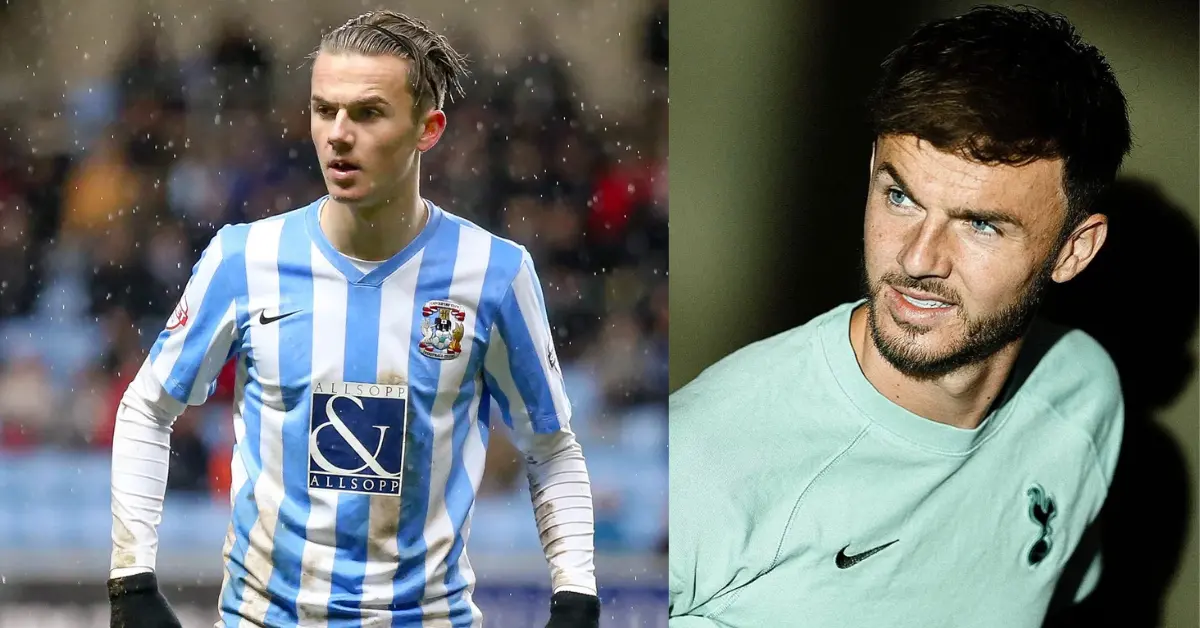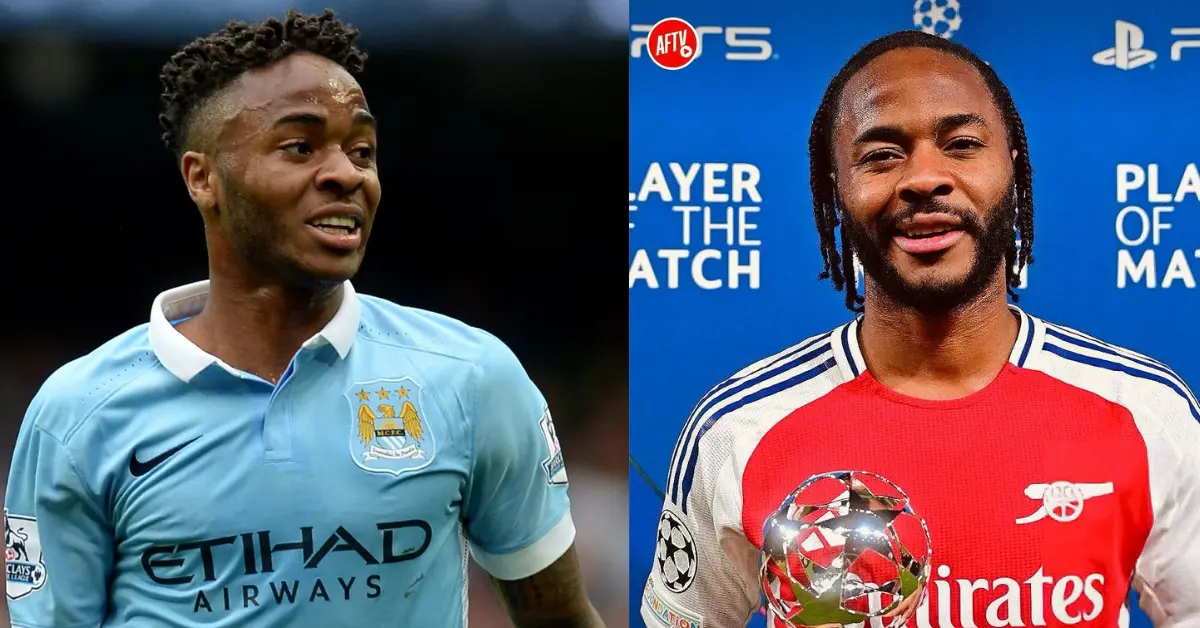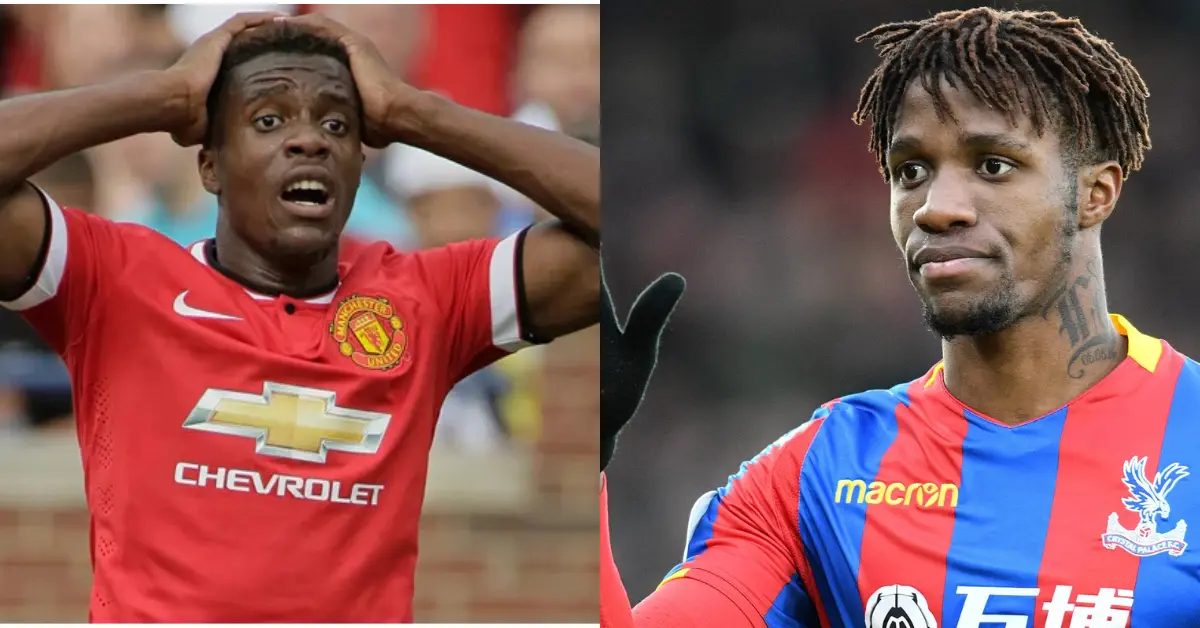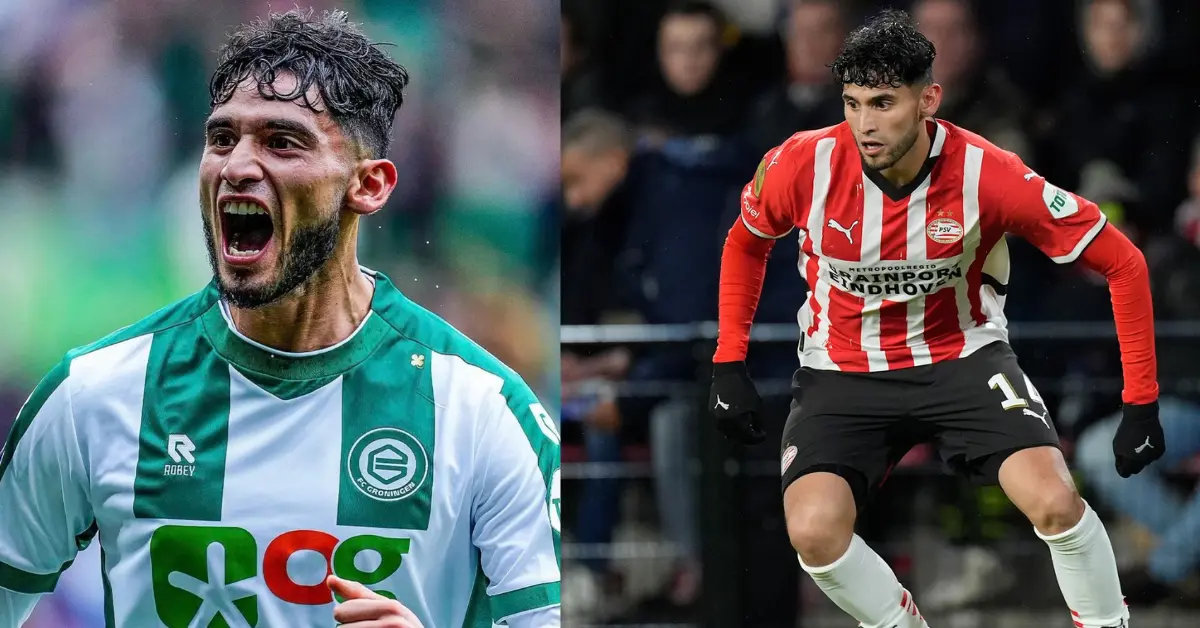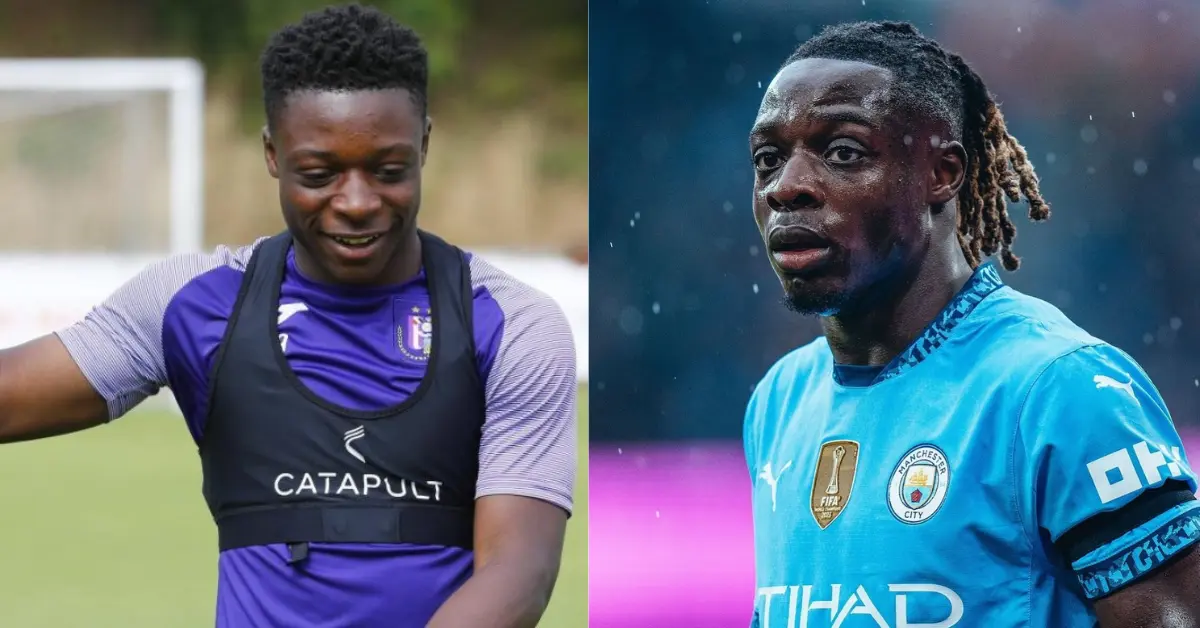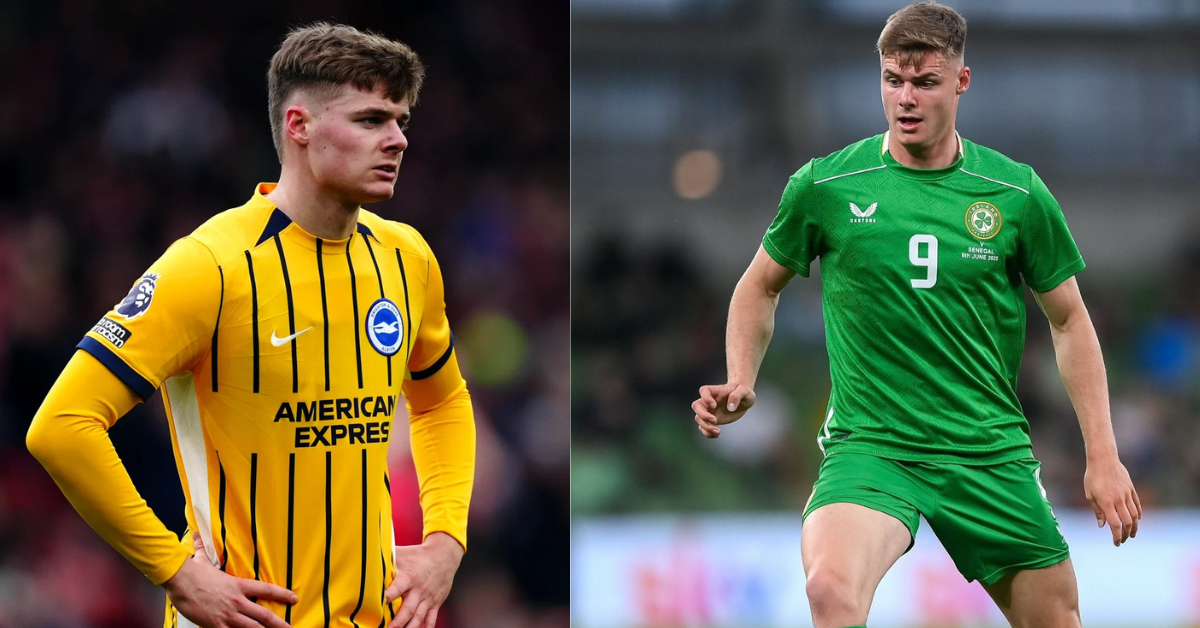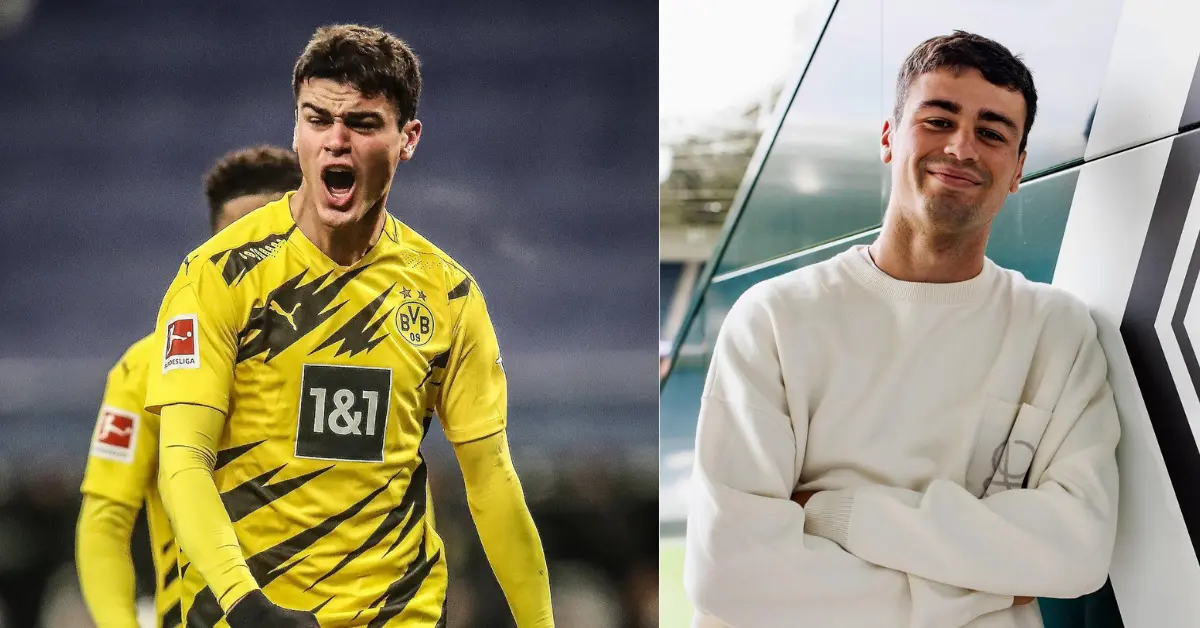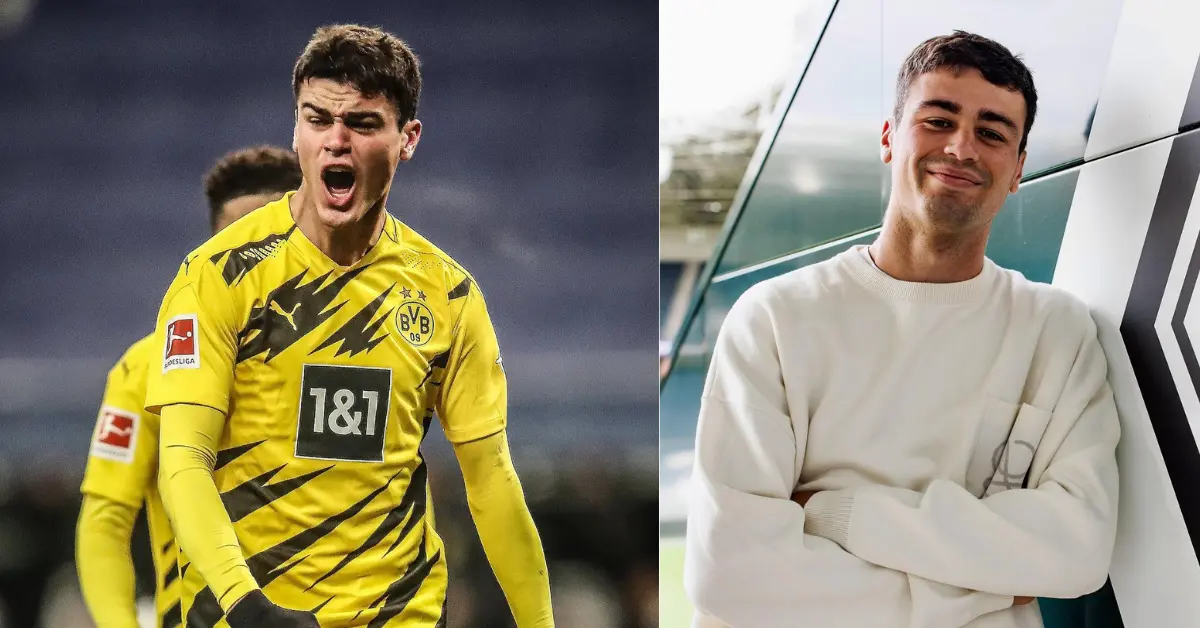Raheem Sterling Then and Now
Raheem Sterling stands not just as a veteran of the game, but as a symbol of evolution, resilience, and reinvention.
Once hailed as English football’s brightest young hope, Sterling has navigated the peaks of triumph and the depths of criticism to emerge as a seasoned professional, mentor, and socially conscious athlete.
From his explosive breakout at Liverpool to pivotal roles at Manchester City and Chelsea, and now a new chapter in his career, Sterling’s journey reflects the complex, often unforgiving path of a modern footballer under constant public scrutiny.
Then: The Boy Wonder – A Star is Born (2003–2015)
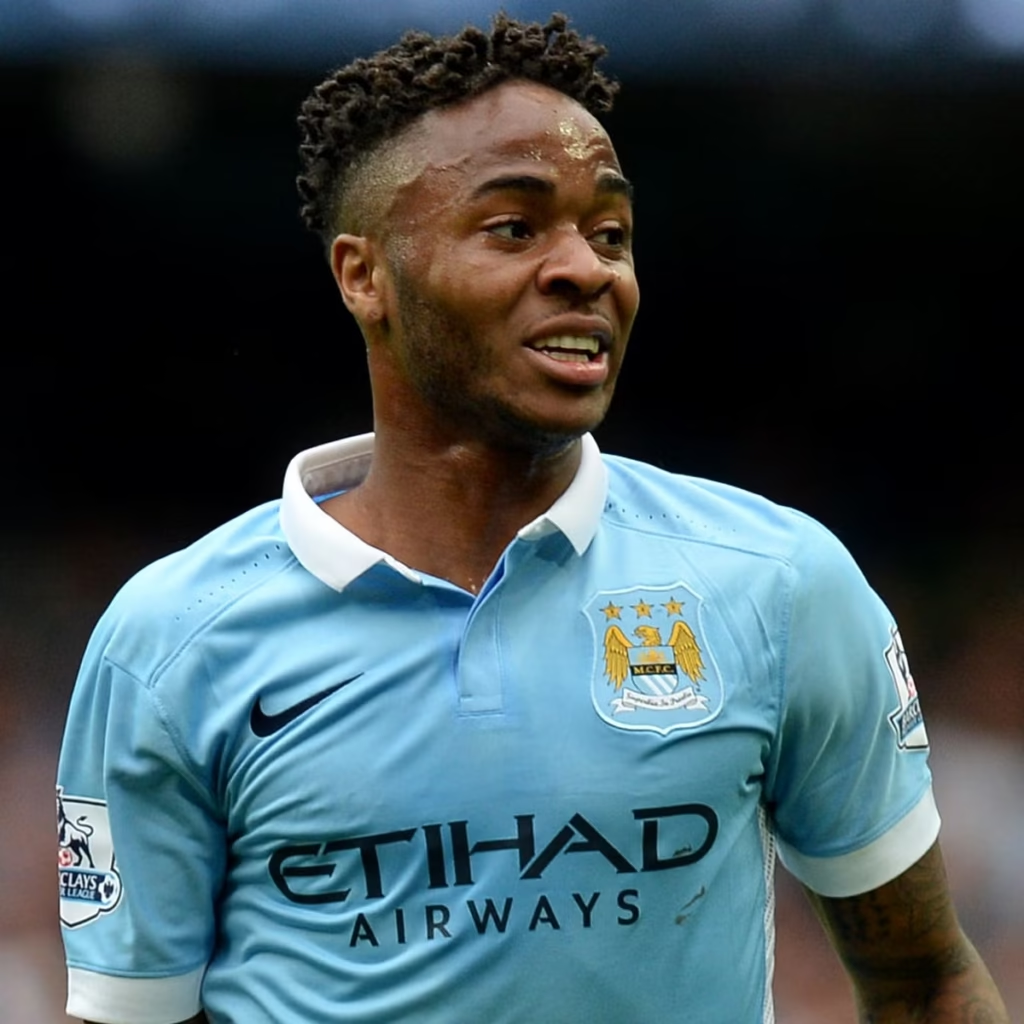
1. Humble Beginnings in Jamaica and London
Born on December 8, 1994, in Kingston, Jamaica, Raheem Shaquille Sterling moved to London at the age of five after his father was tragically killed in a shooting. Raised by his mother in Plaistow, East London, Sterling faced adversity early in life. Football became his escape and his dream.
He joined Queens Park Rangers’ youth academy at age eight, but it was at Liverpool FC—where he moved at 15—that his talent exploded.
2. Breakthrough at Liverpool (2012–2015)
Sterling made his senior debut for Liverpool in March 2012 at just 17 years old. Under Brendan Rodgers, he blossomed into one of the most exciting young players in Europe:
- Explosive pace, dazzling dribbling, and fearless attacking
- Key player in Liverpool’s 2013–14 title challenge, forming a lethal trio with Luis Suárez and Daniel Sturridge
- Scored 23 goals and provided 20 assists across all competitions from 2013–2015
By 2015, he was a full England international and widely regarded as the future of English football.
Related: Wilfried Zaha Then and Now
The Rise: Manchester City’s Golden Era (2015–2022)
1. Record Move to Manchester City
In July 2015, Sterling made a controversial £49 million move to Manchester City, becoming one of the most expensive English players in history at the time. Initially criticized for leaving Liverpool, he silenced doubters with consistent performances under Pep Guardiola.
2. Evolution into a Complete Forward
At City, Sterling transformed:
- Adapted from a winger to a versatile attacker
- Improved his finishing, positioning, and defensive work
- Became a key figure in City’s historic dominance
His achievements include:
- 6 Premier League titles (2018, 2019, 2021, 2022, 2023, 2024)
- FA Cup winner (2019, 2023)
- EFL Cup winner (2018, 2019, 2020, 2021)
- UEFA Champions League winner (2023) – scored in the semifinal
- FIFA Club World Cup winner (2023)
He was instrumental in City’s 2022–23 treble, delivering crucial goals and assists in high-pressure moments.
3. Peak Recognition
Sterling reached his peak between 2018 and 2020:
- PFA Young Player of the Year (2014)
- PFA Team of the Year (2014, 2016, 2018, 2019)
- Top 10 finish in Ballon d’Or voting (2019)
He also became a mainstay for England, playing in major tournaments including:
- UEFA Euro 2016
- 2018 FIFA World Cup (4th place)
- UEFA Euro 2020 (final)
- 2022 FIFA World Cup
Related: Ricardo Pepi Then and Now
Now: A New Chapter in 2025 – Maturity, Mentorship, and Movement
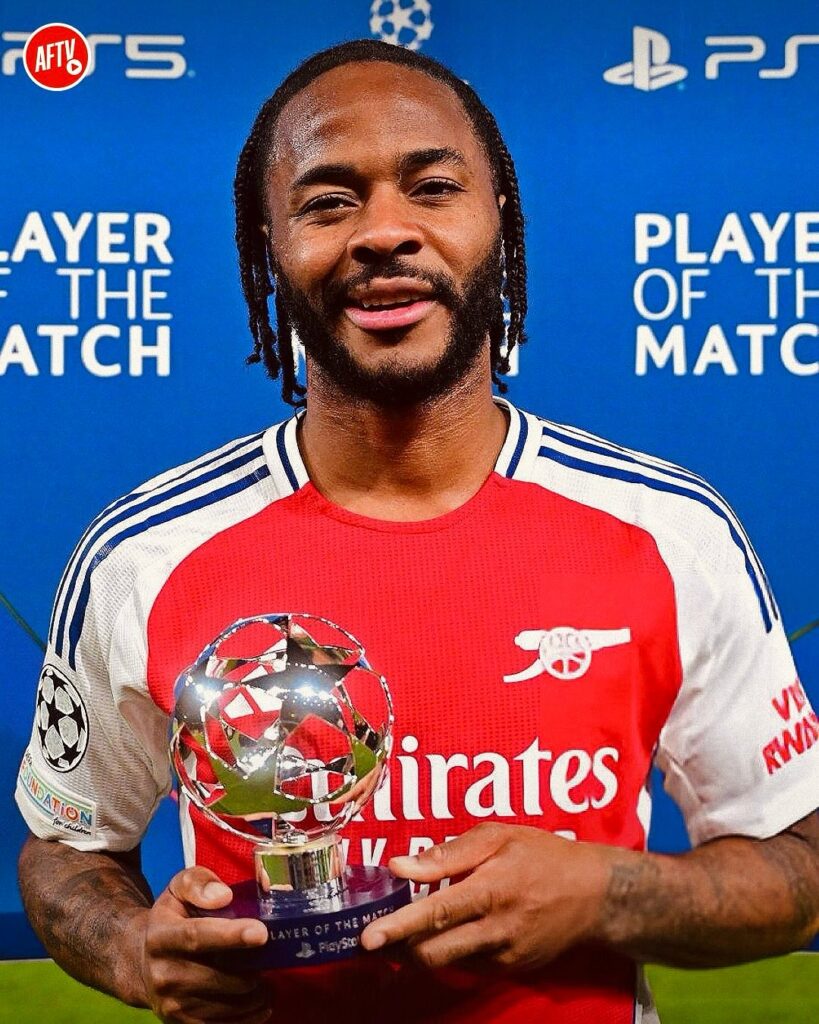
1. Departure from Manchester City and Move to Arsenal (2024)
After nine years at City, Sterling’s role diminished in the 2023–24 season due to increased competition and tactical shifts. In August 2024, at age 29, he made a free transfer to Arsenal, reuniting with former City teammate Jack Grealish and manager Mikel Arteta.
The move was seen as both a strategic signing and a symbolic passing of the torch. At Arsenal, Sterling embraced a rotational and mentorship role, using his experience to guide younger players like Bukayo Saka and Ethan Nwaneri.
Despite not being a regular starter, he made key contributions:
- Provided leadership in the dressing room
- Delivered crucial assists in the 2024–25 Champions League campaign
- Scored in the Carabao Cup semifinal, helping Arsenal reach Wembley
Fans and media praised his professionalism and adaptability, calling him a “quiet leader” in the squad.
2. International Retirement and Legacy with England
In March 2025, at age 30, Sterling announced his retirement from international football, ending a 12-year England career with 81 caps, 20 goals, and 22 assists.
In a heartfelt statement, he said:
“Wearing the Three Lions was the greatest honor of my life. I leave with no regrets, only pride.”
He is remembered for:
- His role in England’s 2018 World Cup semifinal run
- Scoring in the Euro 2020 semifinal against Denmark
- Being a consistent performer in major tournaments
Though he never won a major trophy with England, his impact on the team’s modern identity—fast, fearless, and inclusive—is undeniable.
Related: Jérémy Doku Then and Now
Beyond the Pitch: Advocacy and Social Impact
Sterling’s influence extends far beyond football. In 2025, he is widely recognized as one of sport’s most powerful voices for social justice.
1. Anti-Racism Activism
Sterling has been a leading figure in the fight against racism in football:
- Spoke out after being racially abused during matches
- Campaigned for stronger punishments and education
- Supported the Kick It Out and Show Racism the Red Card campaigns
His advocacy helped push Premier League clubs and UEFA to implement stricter anti-discrimination policies.
2. Community Work and Philanthropy
Through the Raheem Sterling Foundation, he continues to:
- Fund youth programs in London and Jamaica
- Support mental health initiatives
- Provide scholarships for underprivileged students
In 2024, he was awarded an honorary OBE for his contributions to sport and social change.
3. Fashion and Lifestyle Influence
Sterling remains a style icon, known for his bold fashion choices and collaborations with brands like Adidas, Hugo Boss, and Foot Locker. In 2024, he launched his own lifestyle brand, “RS94”, focusing on streetwear and empowerment.
Related: Evan Ferguson Then and Now
Personal Life and Mindset in 2025
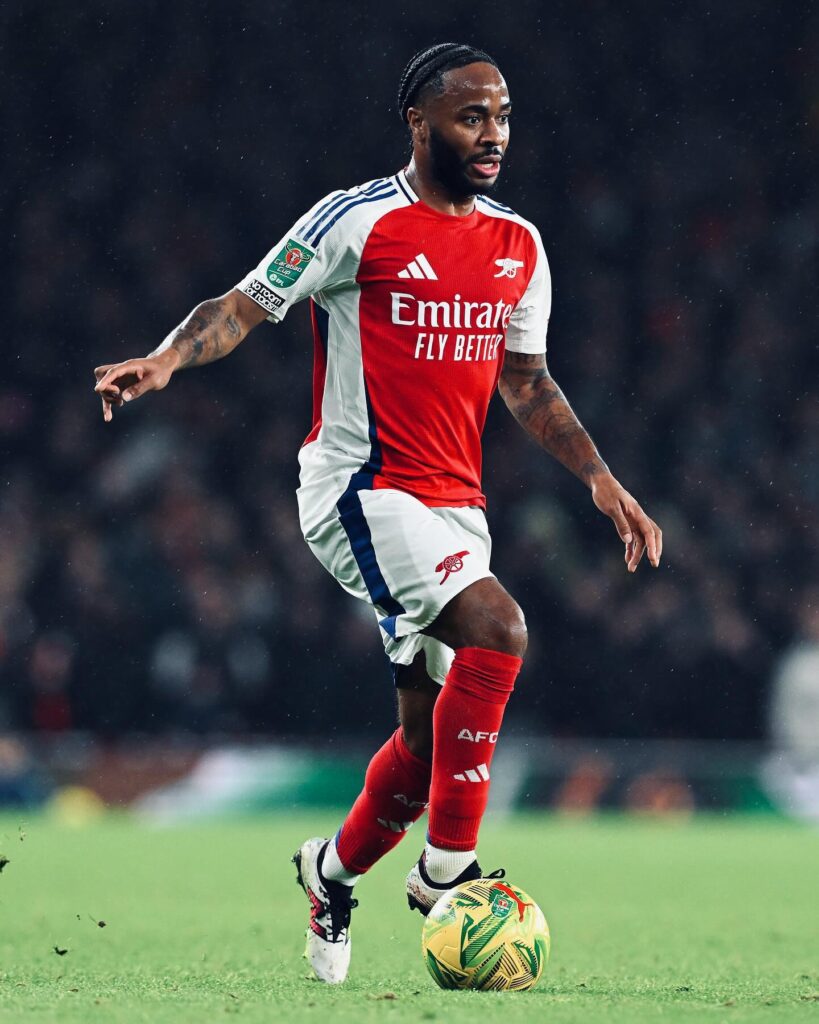
Now in his 30s, Sterling is a devoted father to three children and husband to Preetam Kaur, whom he married in a private ceremony in 2022. He has spoken openly about:
- Struggles with anxiety and public scrutiny
- The importance of therapy and mental health
- Balancing fatherhood with a demanding career
His maturity and introspection have made him a role model for young athletes navigating fame and pressure.
Cultural Impact and Legacy
Raheem Sterling’s career is a story of transformation under fire. He faced:
- Media criticism over his move from Liverpool
- Racial abuse online and in stadiums
- Scrutiny over his celebrations and lifestyle
Yet he responded not with silence, but with action, excellence, and courage.
He represents a new generation of athletes who understand that sport and society are intertwined. He didn’t just play football—he used his platform to challenge injustice, uplift communities, and redefine what it means to be an English footballer in the 21st century.
Related: Dominik Szoboszlai Then and Now
Conclusion: Raheem Sterling – Then and Now (2025)
- Then: A lightning-fast teenager from East London, scoring against Manchester United at 17, carrying the hopes of a nation.
- Now: A veteran leader, social advocate, and respected figure in football—still contributing, still inspiring, still evolving.
As he enters the final phase of his playing career, one thing is clear:
Raheem Sterling’s legacy isn’t just in goals or trophies.
It’s in the doors he opened, the voices he amplified, and the lives he changed.
⚽ “I played for the kid who looked like me—the one who was told he didn’t belong. I proved we do.” – Raheem Sterling, 2025
Related: Giovanni Reyna Then and Now

